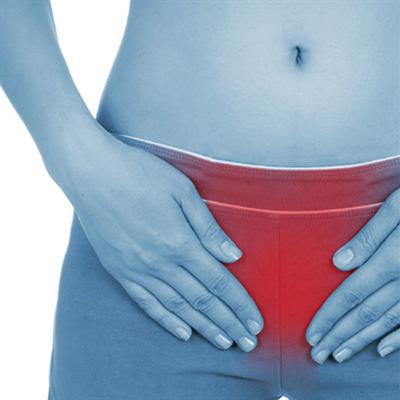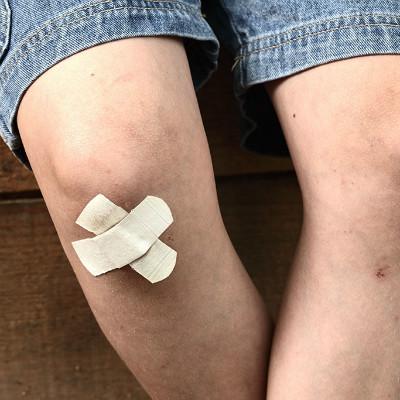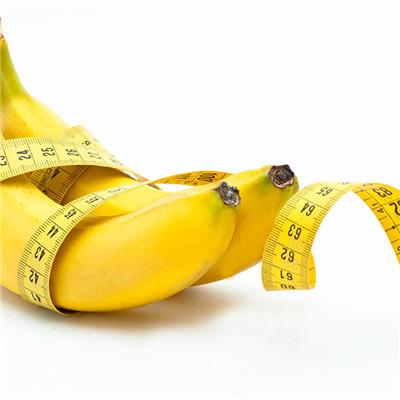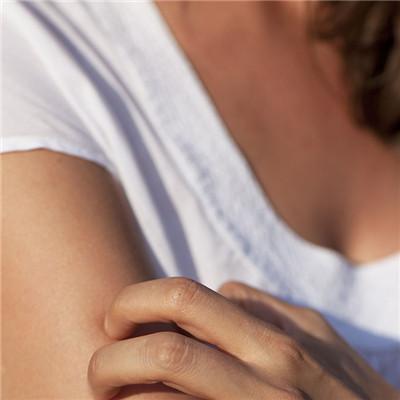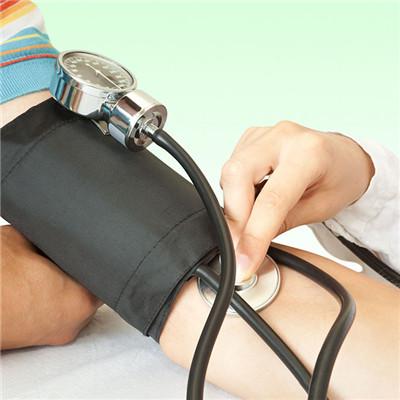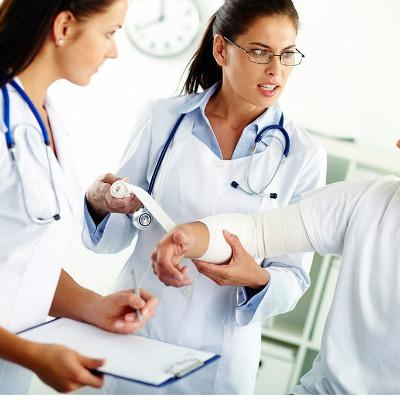Symptoms and treatment of gastric polyps
summary
Almost all parts of the human body can grow polyps. Gastric polyps are considered to be precancerous lesions, especially proliferative polyps and adenomatous polyps. Therefore, timely detection and active treatment of gastric polyps are of great clinical significance in reducing the incidence rate of gastric cancer. The symptom of gastric polyp and treatment tell everybody.
Symptoms and treatment of gastric polyps
1. High frequency electrocoagulation is the most widely used method at present. Its principle is to use the thermal effect produced by high frequency current to coagulate and necrotize the tissue to achieve the purpose of polypectomy. Generally, the current frequency is above 300kHz and the output power is 30 ~ 80W. Before operation, gastric fluid should be aspirated as much as possible. For sessile polyps less than 0.5cm, spherical electrocoagulation or electric biopsy forceps should be preferred. When using electric biopsy forceps, the head should be bitten and gently lifted before cauterization. For pedicled and non pedicled polyps larger than 0.5cm, snare device should be selected as far as possible, but spherical electric coagulator or electric biopsy forceps can also be used for cauterization.
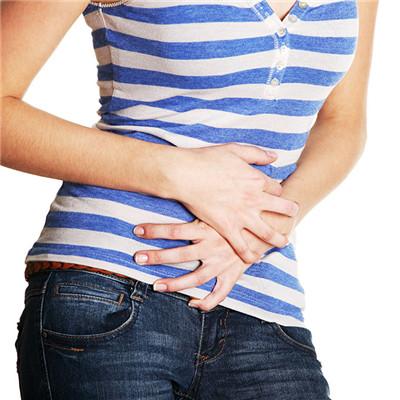
2. Microwave cauterization is based on the principle that microwave can make polar molecules vibrate and produce thermal effect. It can coagulate and vaporize tissue to cauterize polyps, and has hemostatic effect. It is suitable for sessile polyps less than 2cm in diameter. For smaller polyps, it can be cauterized once, while for larger ones, it needs multiple treatments. Its output power is 30 ~ 40W. Before treatment, the time of each cauterization can be adjusted and fixed, generally 5 ~ 10s. It can also be controlled by foot switch. During the operation, microwave coaxial cable (antenna) is inserted through the biopsy port to make the spherical probe closely contact the lesion site, or the needle probe is inserted into the lesion site for cauterization. Attention should be paid to control the depth of tissue burn to avoid perforation. This method is simple, safe, low cost and easy to develop.
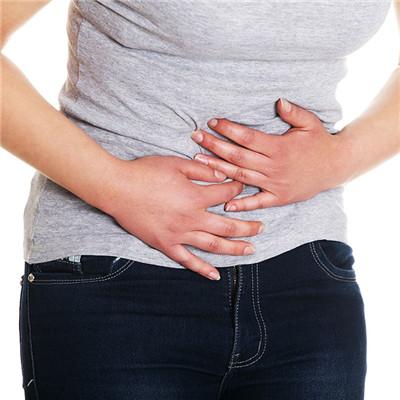
3. Laser method: the high-energy laser generated by the laser is used to irradiate the lesion site with the optical fiber introduced through the endoscopic biopsy hole, and the heat energy converted from the light energy can coagulate and denatured the tissue protein to achieve the therapeutic purpose. It is mostly used for the treatment of wide pedicle or sessile polyps. At present, Nd: YAG laser is mostly used, and the power can be selected according to the size of polyp, generally ranging from 50 to 70W. The distance between the tip of the fiber and the lesion is about 1cm during the operation, and 0.5 to 1s each time. If the time is too long, it can cause perforation, which should be paid attention to. Large polyps can be treated by stages. In addition, laser therapy can also be used, which is characterized by less damage to the surrounding tissue and shallow penetration depth. After the laser is aimed at the lesion, it should be irradiated quickly to avoid gastric peristalsis damaging the surrounding tissue.
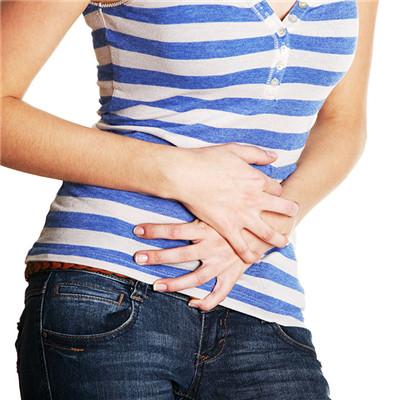
matters needing attention
It is suggested that colonoscopy should be performed in order to detect colorectal tumor as soon as possible, which is helpful to reduce the mortality and has important clinical significance. The homology and consistency of onset time between gastric polyps and colorectal tumors need to be further confirmed by large sample prospective studies in the future.

